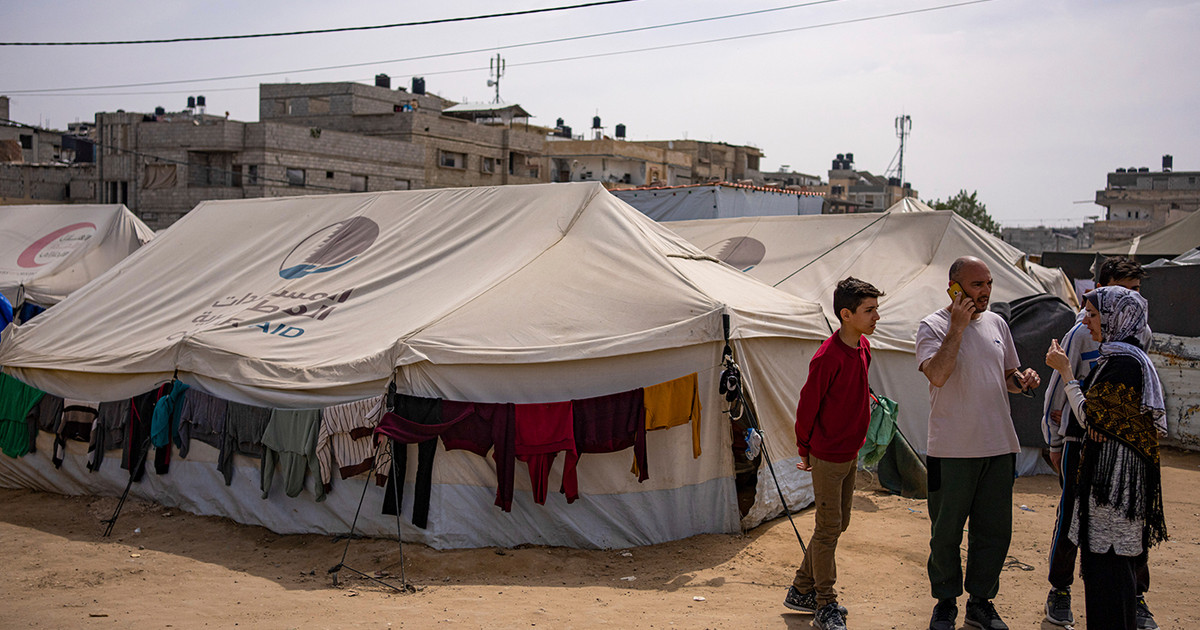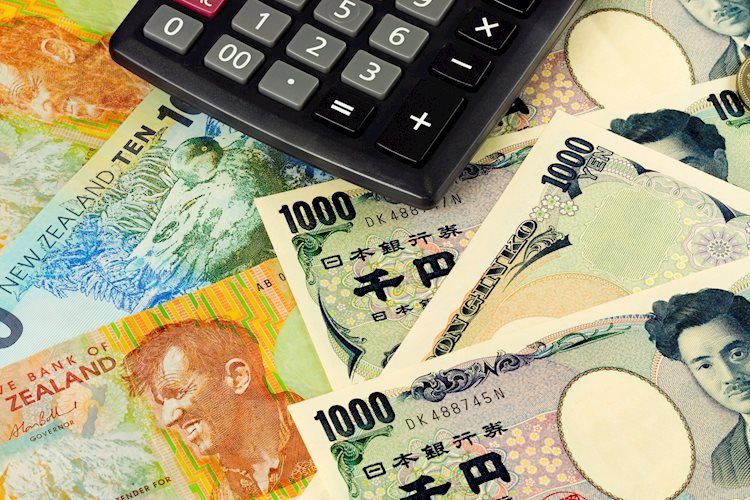At a time when oil suffers a supply shock at a global level, ethanol could become a less volatile and more competitive alternative than gasoline in Brazil, according to experts and sector entities consulted by the CNN.
They defend a greater investment in the production of alcohol due to its lower cost than gasoline, as it is a renewable fuel with neutral emissions of greenhouse gases.
The general head of the Environment sector at the Brazilian Agricultural Research Corporation (Embrapa), Marcelo Morandi, points out that, in the next decade, ethanol production could almost double, reaching almost 50 billion liters per year.
According to Morandi, in 2021, production was approximately 27 billion, with 11 billion liters of anhydrous ethanol, a type of alcohol without the addition of water that is incorporated into regular gasoline, and 16 billion of hydrated ethanol, a type of fuel with 8% water and is consumed directly in hybrid and flex engine cars.
For the Sugarcane Industry Association (Unica), the largest entity in the sector, ethanol production has conditions to grow and a large flex-fuel fleet to supply, but it needs economic predictability and competitive prices with gasoline, as pointed out the entity’s technical director, Antônio de Pádua.
“What is needed is a resumption of investment in the sector in terms of sugarcane plantations, the improvement of agricultural productivity. We have an idle installed capacity, we could increase our production by more than 100 million tons of sugarcane, with the industry ready to be processed and generate a positive increase in the supply of ethanol”, he argues.
Predictability can come through a program created by the federal government in 2017, RenovaBio, the National Biofuels Policy, which aims to stimulate the production of ethanol, biodiesel, biogas, through tax incentives and greenhouse gas reduction targets. stove.
Ethanol and the targets for decarbonization
RenovaBio created a type of decarbonization credit called CBIO. Each credit is equivalent to one ton of CO2 (carbon dioxide) that is no longer being thrown into the atmosphere.
According to the goals document for the year 2022, the distribution sector should issue a total of 35.98 million CBIOs. Last year, 33 companies failed to meet their individual decarbonization target, which added to this year’s challenges for these distributors.
Marcelo Morandi, head of the Environment sector at Embrapa, told CNN that, following the goals of the RenovaBio program, the fuel production sector can reduce carbon dioxide emissions by up to 70% by 2030.
“Our goal is that by the end of the decade, we will be able to stop emitting more than 90 million tons of CO2. The goal for this year is that about 25 million tons stop being emitted. This will happen gradually, as the production and use of alcohol increases.”
According to a projection by the Energy and Environment Institute (IEMA), a non-profit organization that defends the sustainable use of natural resources, made at the request of CNN, for every liter of ethanol used, 444 grams of CO2 are emitted, while for every liter of of used gasoline, 2.176 grams of carbon dioxide are thrown into nature, that is, almost 500% more greenhouse gases.
The project analyst at the Institute of Energy and the Environment (IEMA), Felipe Barcellos, explains that all the CO2 emitted through the combustion of ethanol has already been captured from the atmosphere, during the sugarcane production process.
Therefore, it can be considered neutral in carbon dioxide.
“Of course, it is also necessary to account for the entire ethanol production chain. Today, the emission factor for this fuel is low, but if production is to be greatly increased in Brazil, care must be taken in which areas this cane will be produced. It cannot, for example, occupy spaces that would be natural areas today”, points out the specialist in energy policy and urban mobility at IEMA.
Also according to Barcellos, sugarcane is a monoculture (planting a single crop in a given place) that occupies a large space.
He argues that natural reserves cannot be used to increase production, as this would cause an increase in emissions, as plants have the function of capturing carbon dioxide from the atmosphere.
The analyst warns that this is an important point to be considered when Brazil proposes ways to increase ethanol production and consumption in the country.
According to Marcelo Morandi, from Embrapa, the best way to increase the productivity of sugarcane plantations is to invest in technologies that mainly deal with the volatility of rainfall, since sugarcane cultivation in Brazil does not use an irrigation system.
“Productivity depends on fertile soil, it depends on balanced rainfall at the right time, it depends on cultivating species correctly, on the variety of plant suitable for that environment, it depends on issues, for example the occurrence of pests and diseases. All these are factors that affect productivity in the case of sugarcane. Perhaps the biggest factor that affects productivity is the climate issue, especially the water deficit”, he added.
Source: CNN Brasil
I am Sophia william, author of World Stock Market. I have a degree in journalism from the University of Missouri and I have worked as a reporter for several news websites. I have a passion for writing and informing people about the latest news and events happening in the world. I strive to be accurate and unbiased in my reporting, and I hope to provide readers with valuable information that they can use to make informed decisions.






